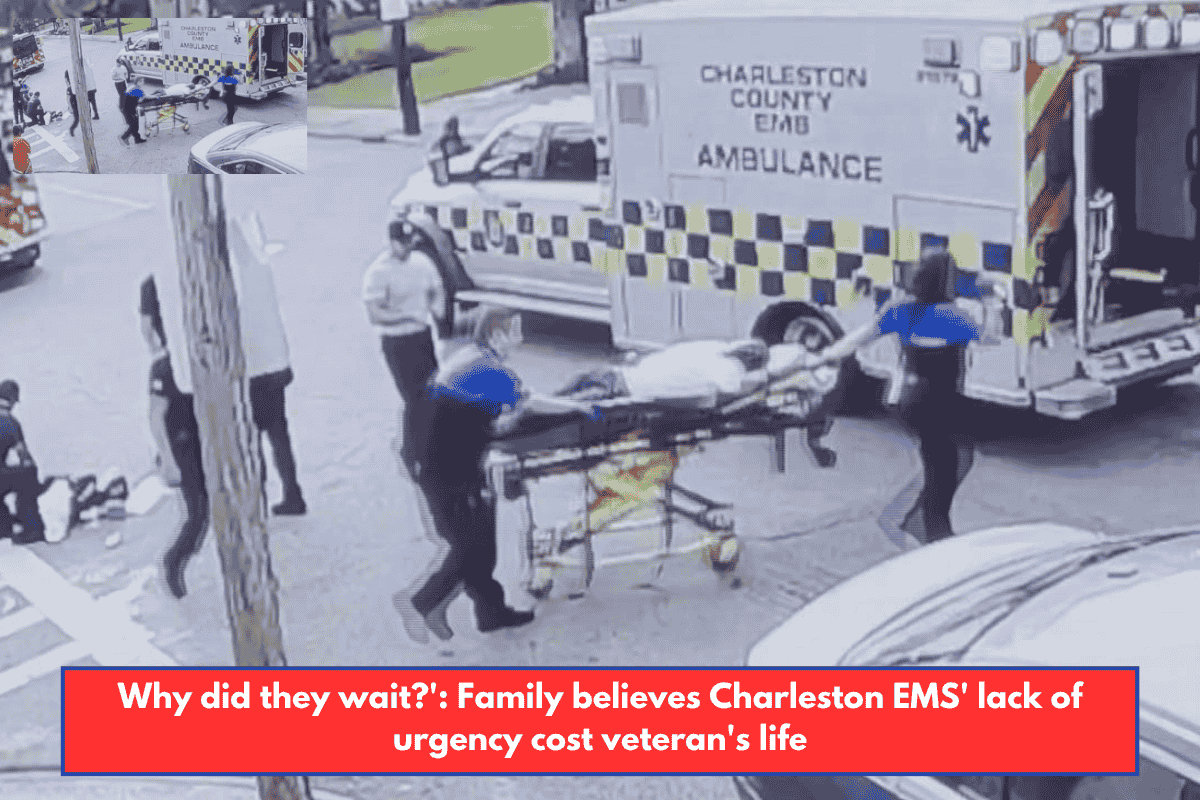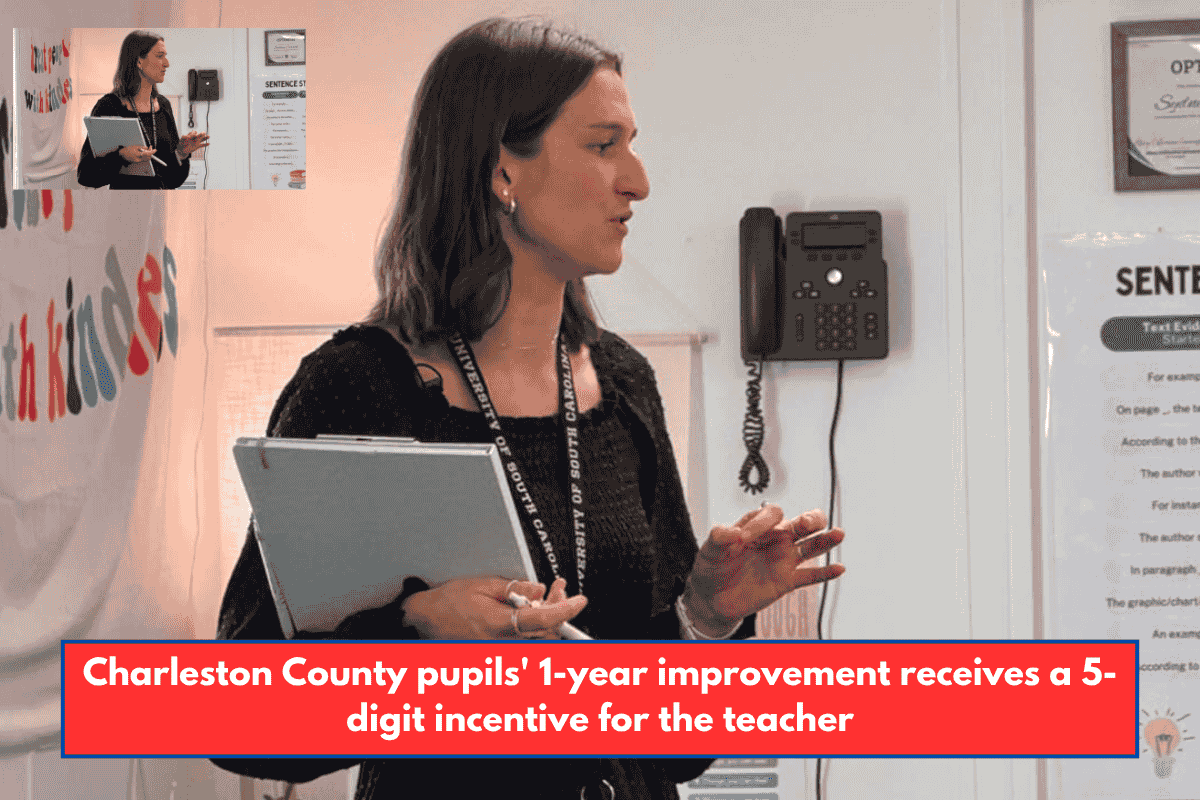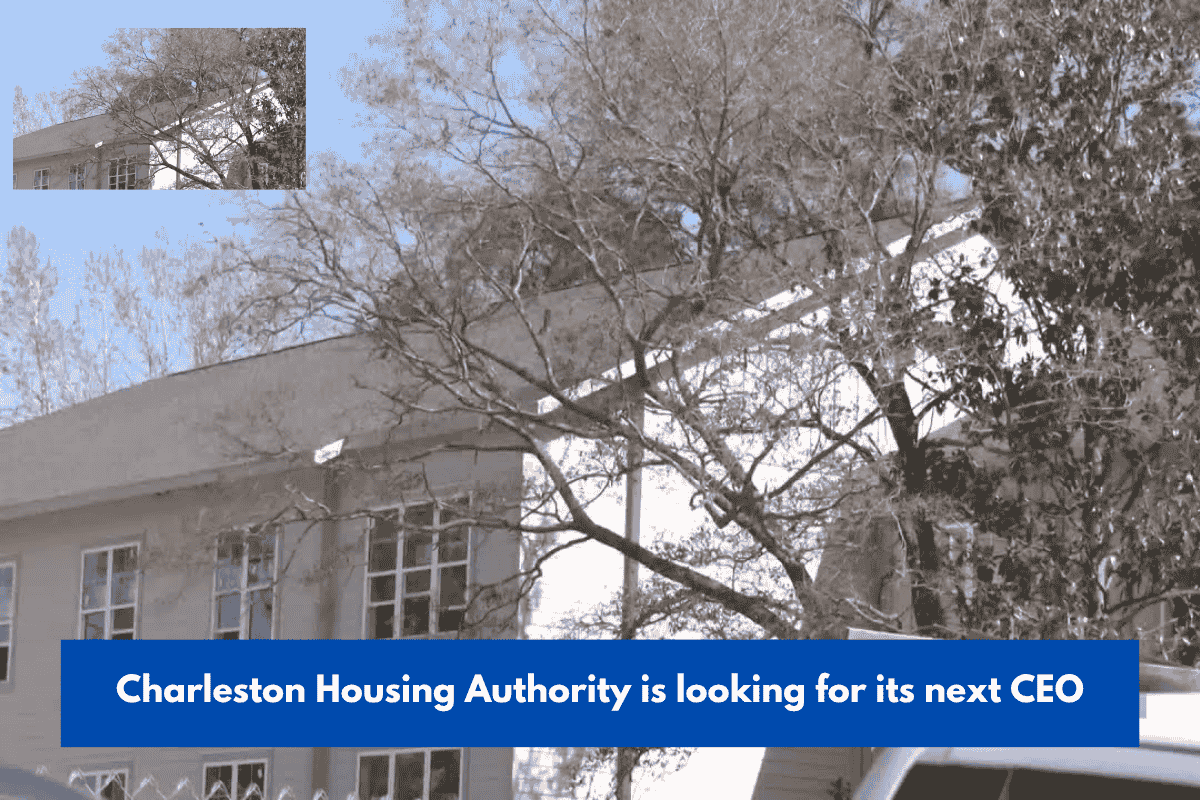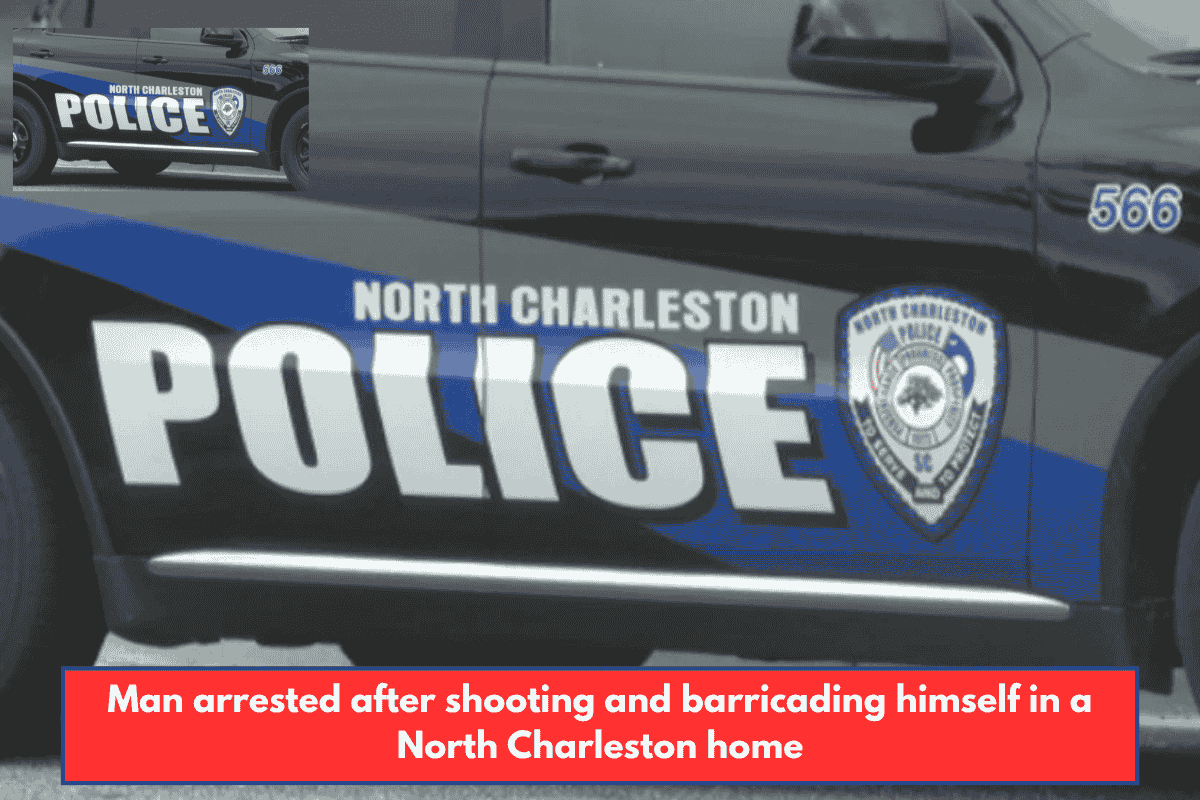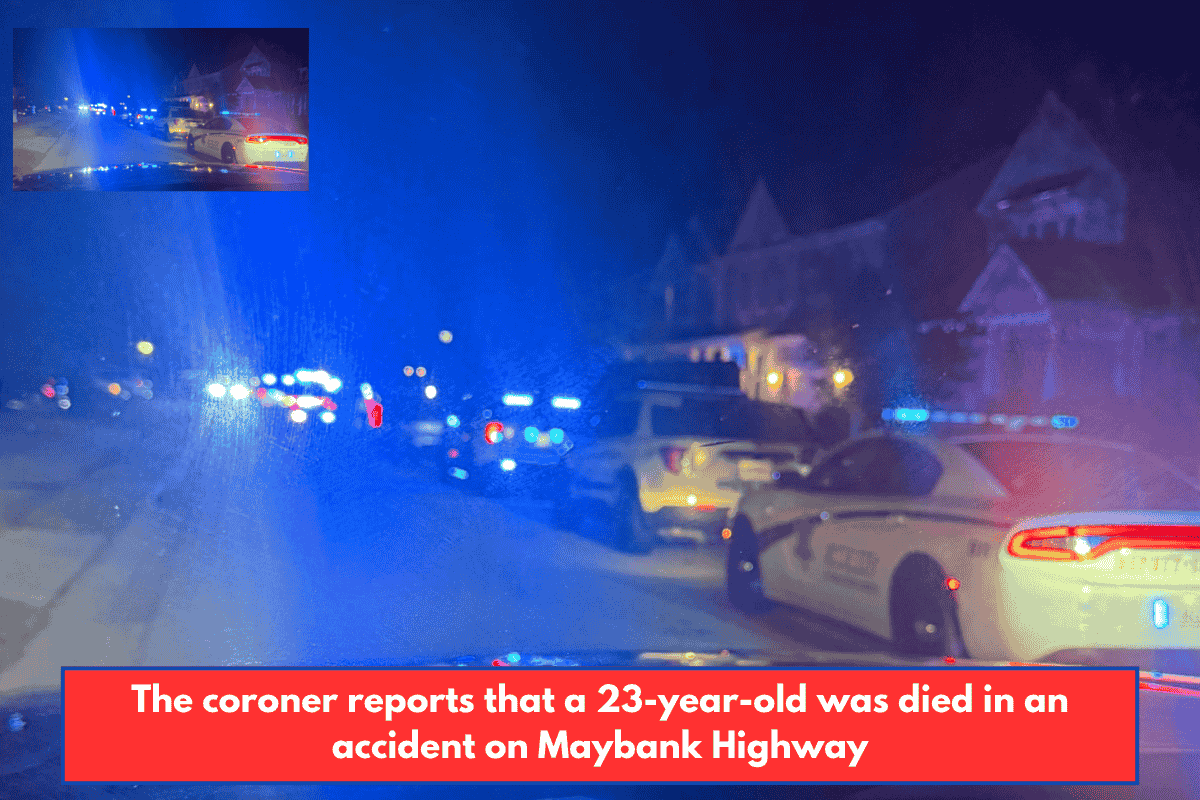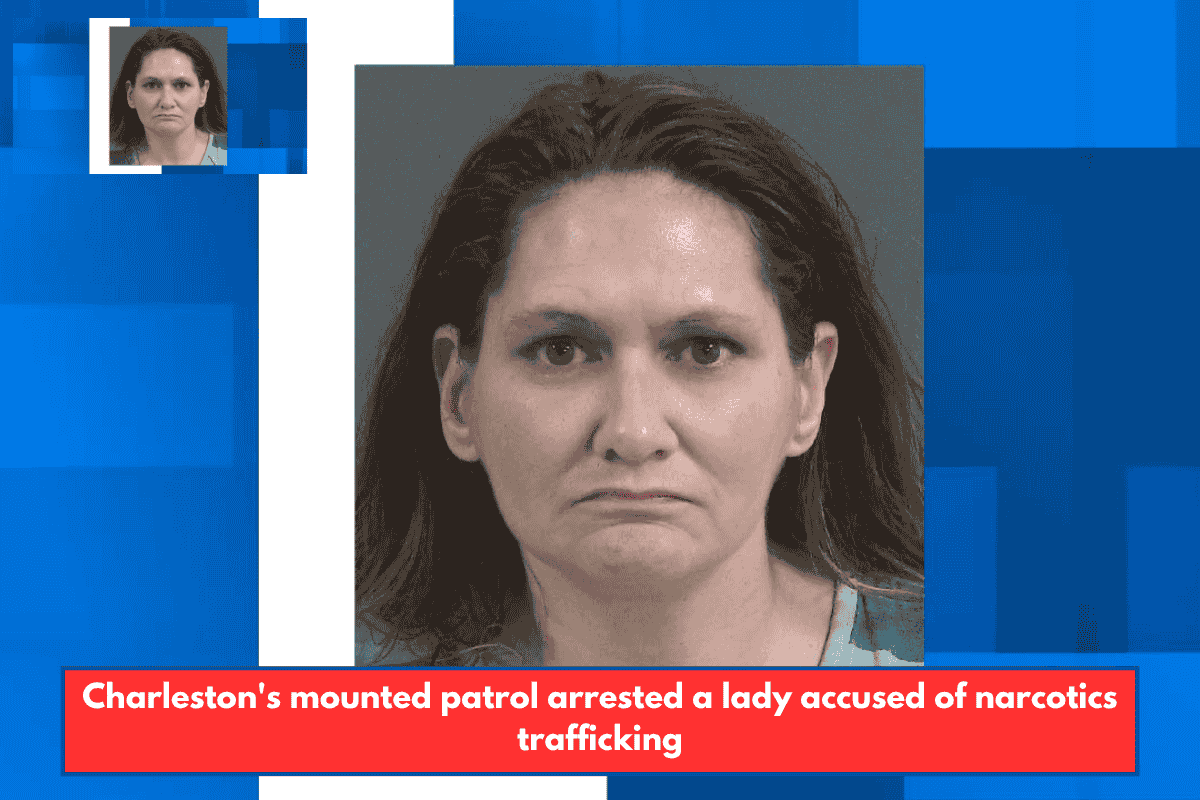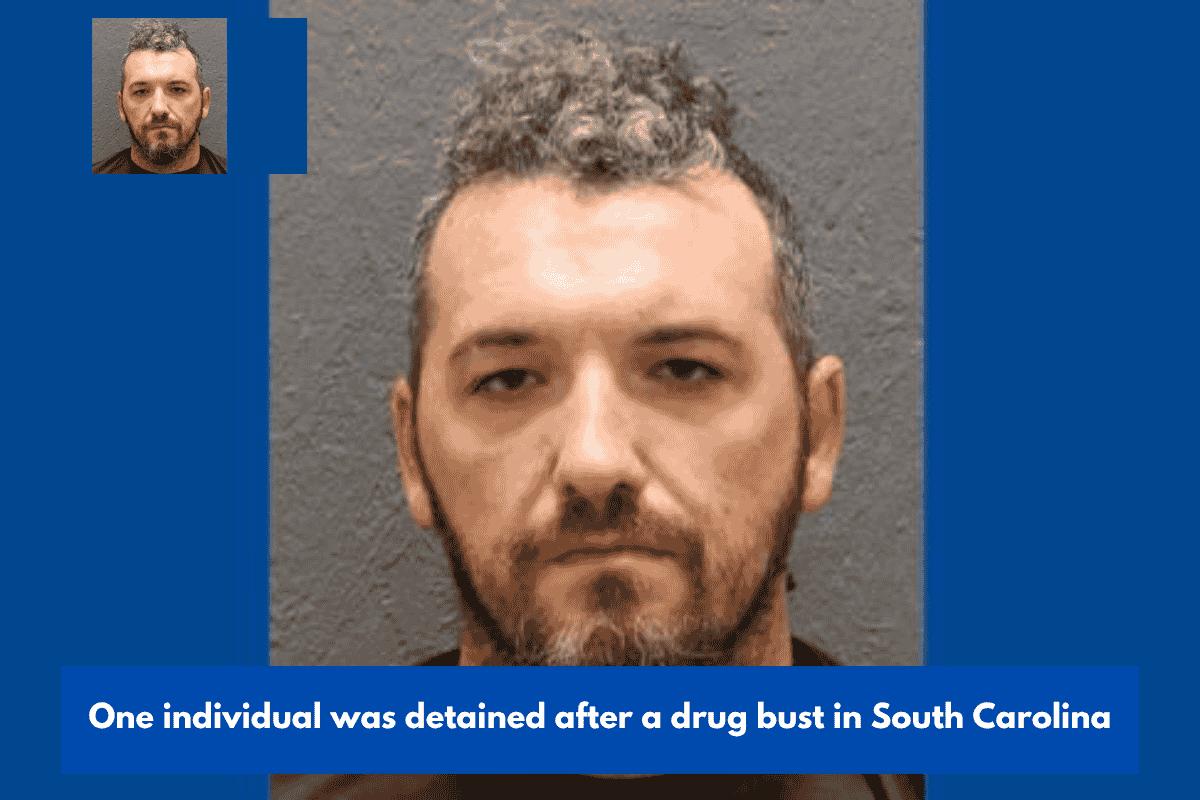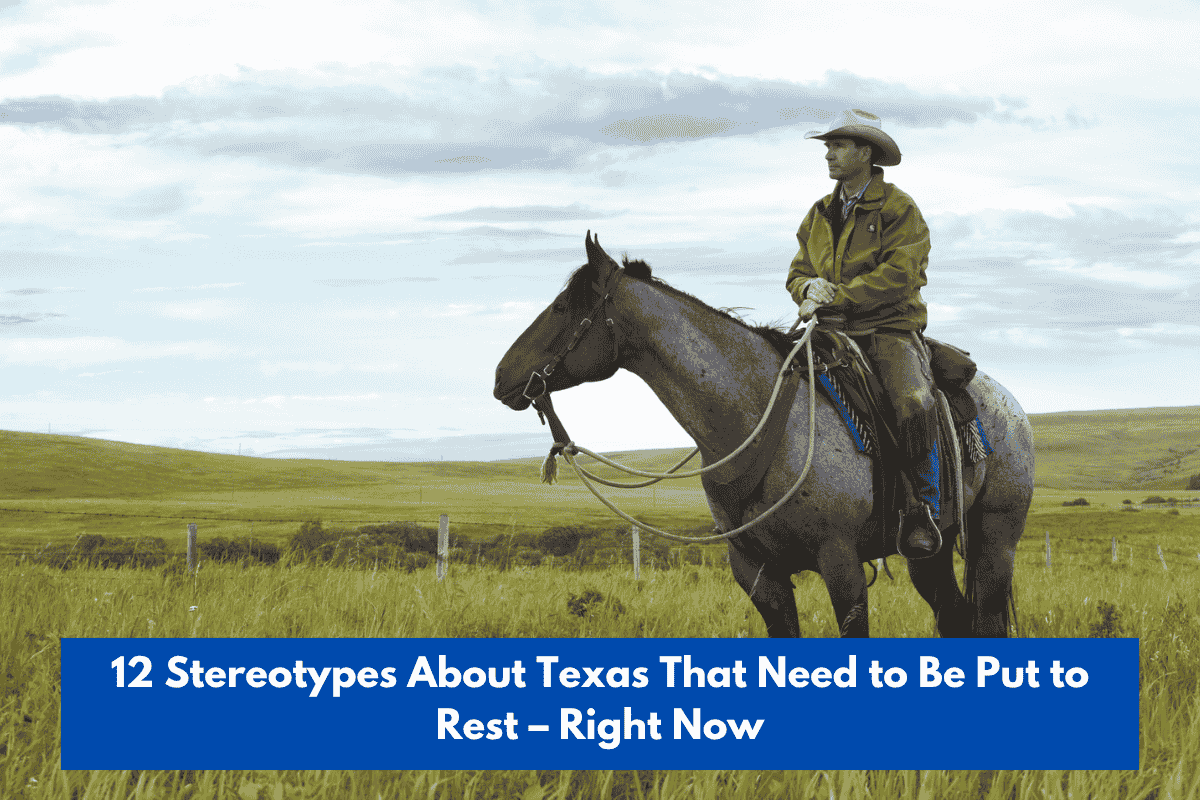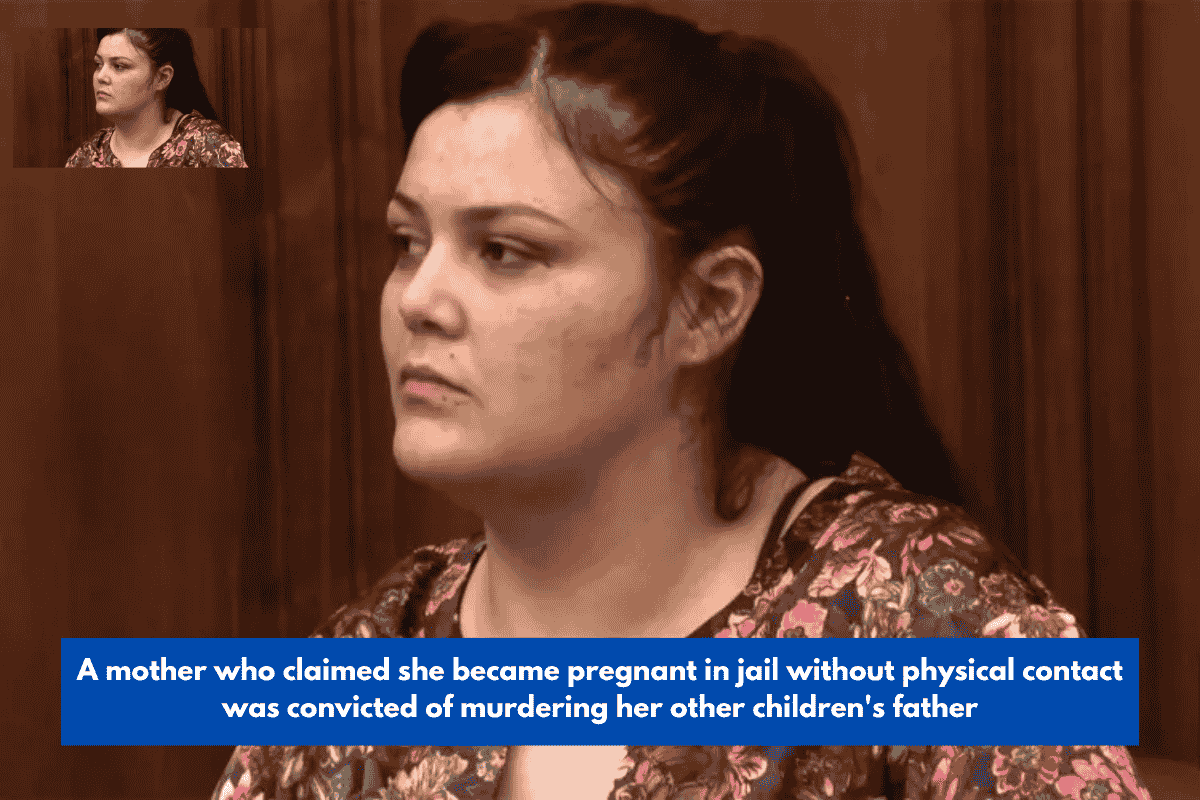Charleston, South Carolina – A daughter is seeking answers and change in Charleston County through a legal battle over her father’s death, which she claims was handled improperly by emergency personnel.
Jessica Williams and her family will never forget this morning, May 23, 2022.
“I still couldn’t process it until this day; I still don’t understand why,” Williams stated.
Nathaniel Fraiser, born and reared in Charleston, was a parent, grandfather, veteran, and, most importantly, a member of his community.
“He wasn’t just a man on the street, a nuisance in the community. “He actually upheld that same community,” Williams explained. “That same ground that he laid on, I’m pretty sure my father took a broom to that ground.”
Fraiser was inside his Aiken Street residence in downtown Charleston when he began to have chest trouble. Frasier went outside just after 8:20 a.m. to obtain aid, but he fell at the junction of Aiken and Columbus Streets.
Emergency personnel arrived and transported Frasier to the hospital, but he died shortly thereafter.
Williams, Fraiser’s daughter, says she quickly realized there was more to the story.
“Those folks sat me down in a room and completely shifted my world,” she told me. “I did further investigation, and upon that, I figured out that there truly was some foul play.”
She started investigating her father’s dying moments, and what Williams discovered on a nearby convenience store video altered everything.
“It was painful and it was a very gut-wrenching situation to endure but I just knew that, for my father who no longer had a voice, it was my job to give some sort of narrative to what happened to him,” says Williams.
The tape revealed exactly what occurred to her father and served as important evidence in her case against Charleston County and its EMS agency.
A breakdown of security footage
Watch the full, unedited film of the convenience store security camera footage here:
Around 8:30 a.m., the footage shows Frasier collapsing in the roadway before a police officer arrives. A 911 call reveals that he was cognizant and conscious, but the lawsuit says that the officer never provided aid.
“All I could think is, what he must have felt in that moment, wishing somebody would have helped him,” she said.
At 8:36 a.m., firefighters come and put a mask on his face. At 8:40 a.m., a Charleston ambulance arrives, and three minutes later, EMS lifts Frasier onto a gurney and into the ambulance’s back.
But the ambulance does not move; it sits and waits.
“My first thought is, ‘Why are we still on the ground?'” “Why aren’t we on our way to the hospital?” Williams stated.
Sixteen minutes later, at 8:56 a.m., a Charleston EMS SUV arrives, with film showing two persons unloading items from the SUV into the ambulance.
The ambulance finally leaves for the hospital at 9:10 a.m., 40 minutes after Frasier collapsed.
He was declared dead 14 minutes later at Roper Hospital. Frasier collapsed just a few blocks from two major hospitals, Roper Hospital and MUSC, which are both less than a 10-minute drive away.
“He was in an unfortunate situation with people that didn’t prioritize his care,” she said.
‘He deserved help—when he needed it most.’
Williams is now left with concerns, including why emergency responders waited so long. Could her father have survived had he been taken to the hospital sooner?
Frasier collapsed just a few blocks from two large hospitals, Roper St. Francis and MUSC, which are both less than a 10-minute drive away.
“I’m pretty sure it wouldn’t even take 10 minutes,” Williams stated. “So why would it take almost four times that amount of time to get to a hospital?”
And just what equipment was transferred from the SUV to the ambulance?
Todd Burgbacher, an Augusta University ER physician, reviewed the security footage and identified two pieces of equipment.
“I saw a provider put on a PAPR device, which is a respirator,” Burgbacher reported. “He also had what looked like a backpack but that backpack is what they call a LUCAS device, which is a mechanical CPR device.”
It is unclear whether the device was required in Fraiser’s cardiac arrest or if the paramedics could have saved his life without it. Burgbacher stated that the ambulance may not have left promptly for the hospital for a variety of reasons.
“There’s very little that we can provide in the emergency room that the paramedics can’t already provide on scene,” says Burgbacher. “We know that they have better situational awareness by staying on scene, and they provide the same care that they could be providing in that hospital.”
Charleston County and its EMS service declined to conduct an interview.
Despite the ongoing legal battle, there is hope for reform and change.
The court struggle continues, and responses from emergency personnel are not publicly public because the lawsuit is still ongoing.
“My hopes are to still try and help him even though I know he’s gone; to at least help someone else,” Williams went on. “I feel like there’s some sort of standard that I want to see that is being implemented or that they at least let us know that there has been some sort of improvement.”
But for Fraiser, a man who used to sweep his neighborhood streets and serve his county, his daughter felt the least he deserved was assistance when he needed it the most.
“People in Charleston, South Carolina, are familiar with Nathaniel Fraser. “They know him as ‘Tammy;’ they know him,” Williams explained. “I’m having to go back to the ideals he ingrained in me. One of them was a lover of my neighbors, and he loved everyone, including those who permitted him to die. I simply want to see change.”

